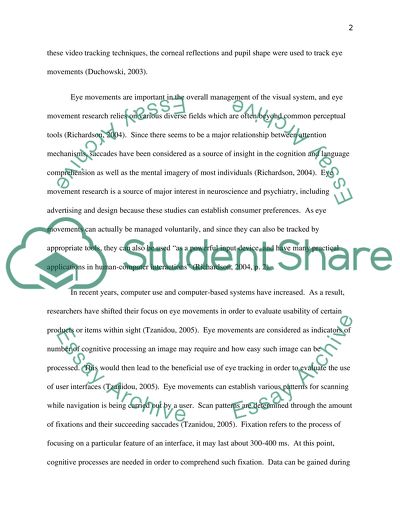Cite this document
(“Eye tracking technique Essay Example | Topics and Well Written Essays - 2250 words”, n.d.)
Retrieved from https://studentshare.org/psychology/1396051-eye-tracking-technique
Retrieved from https://studentshare.org/psychology/1396051-eye-tracking-technique
(Eye Tracking Technique Essay Example | Topics and Well Written Essays - 2250 Words)
https://studentshare.org/psychology/1396051-eye-tracking-technique.
https://studentshare.org/psychology/1396051-eye-tracking-technique.
“Eye Tracking Technique Essay Example | Topics and Well Written Essays - 2250 Words”, n.d. https://studentshare.org/psychology/1396051-eye-tracking-technique.


